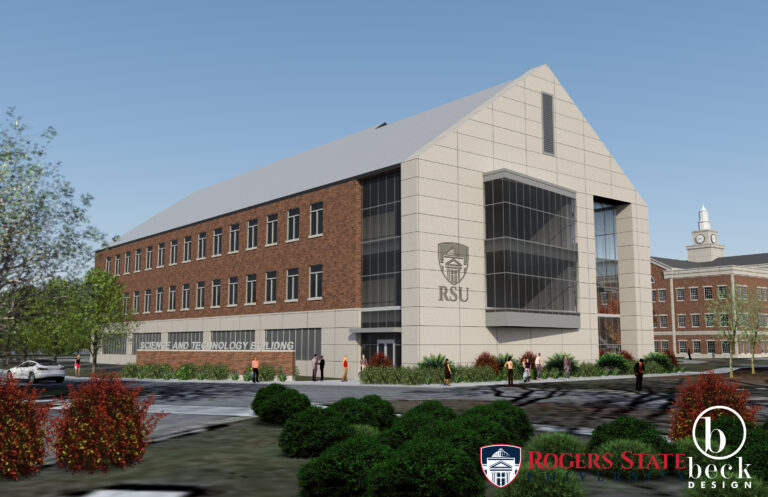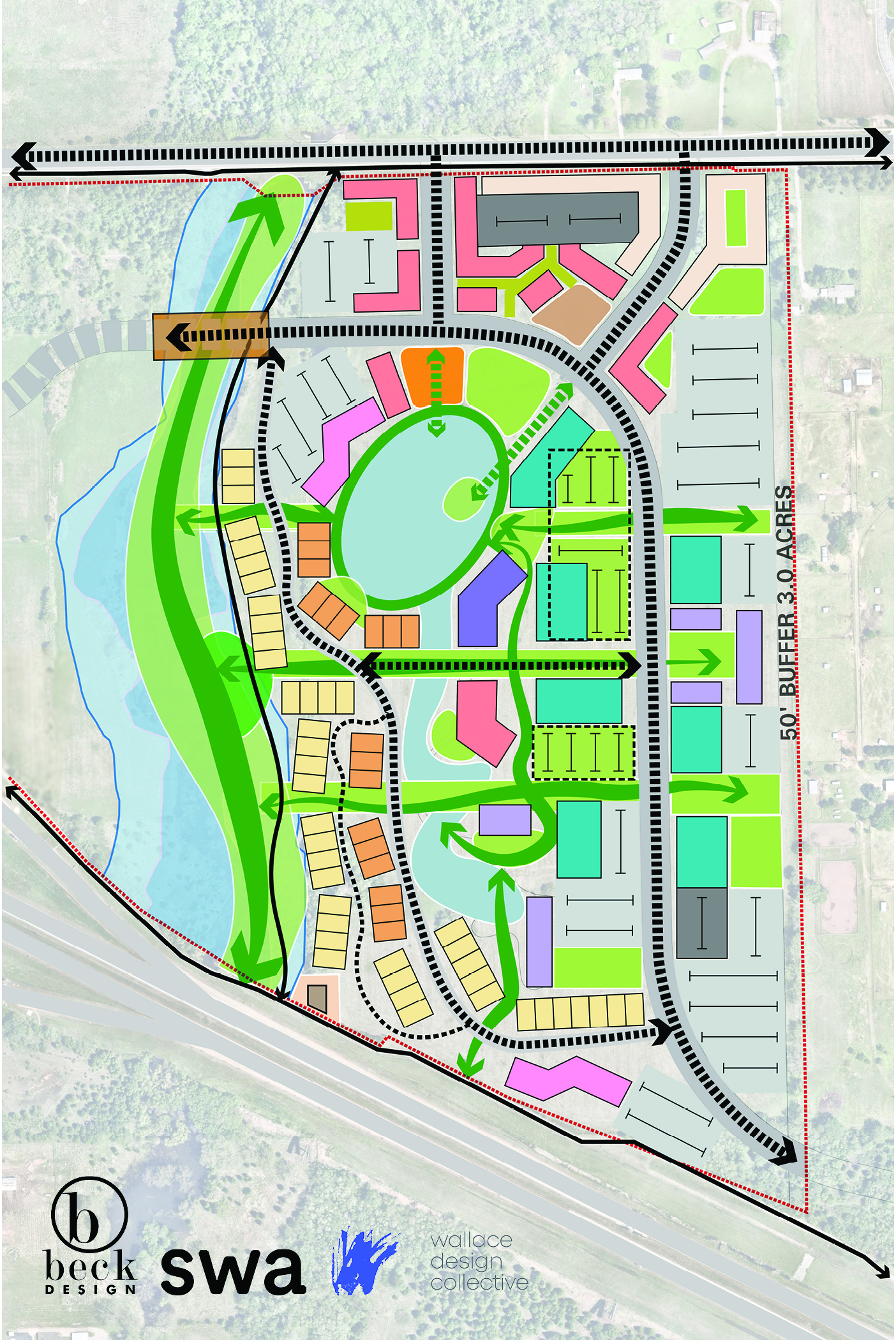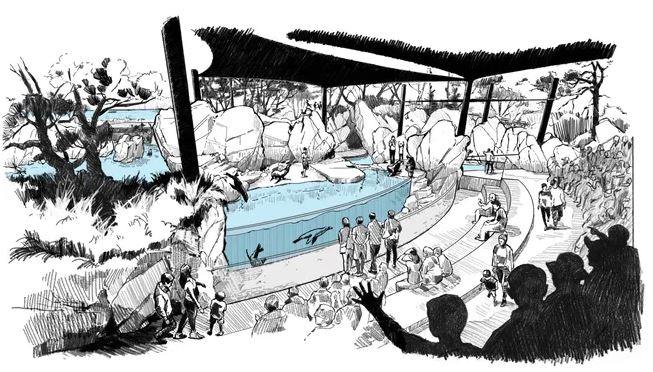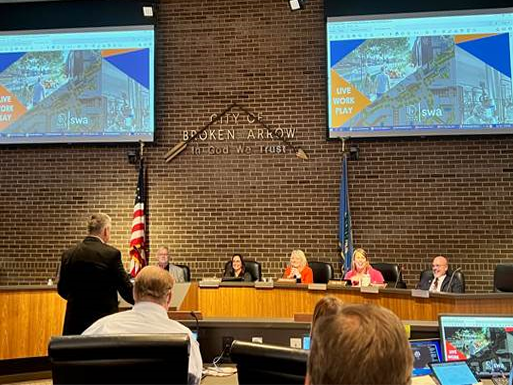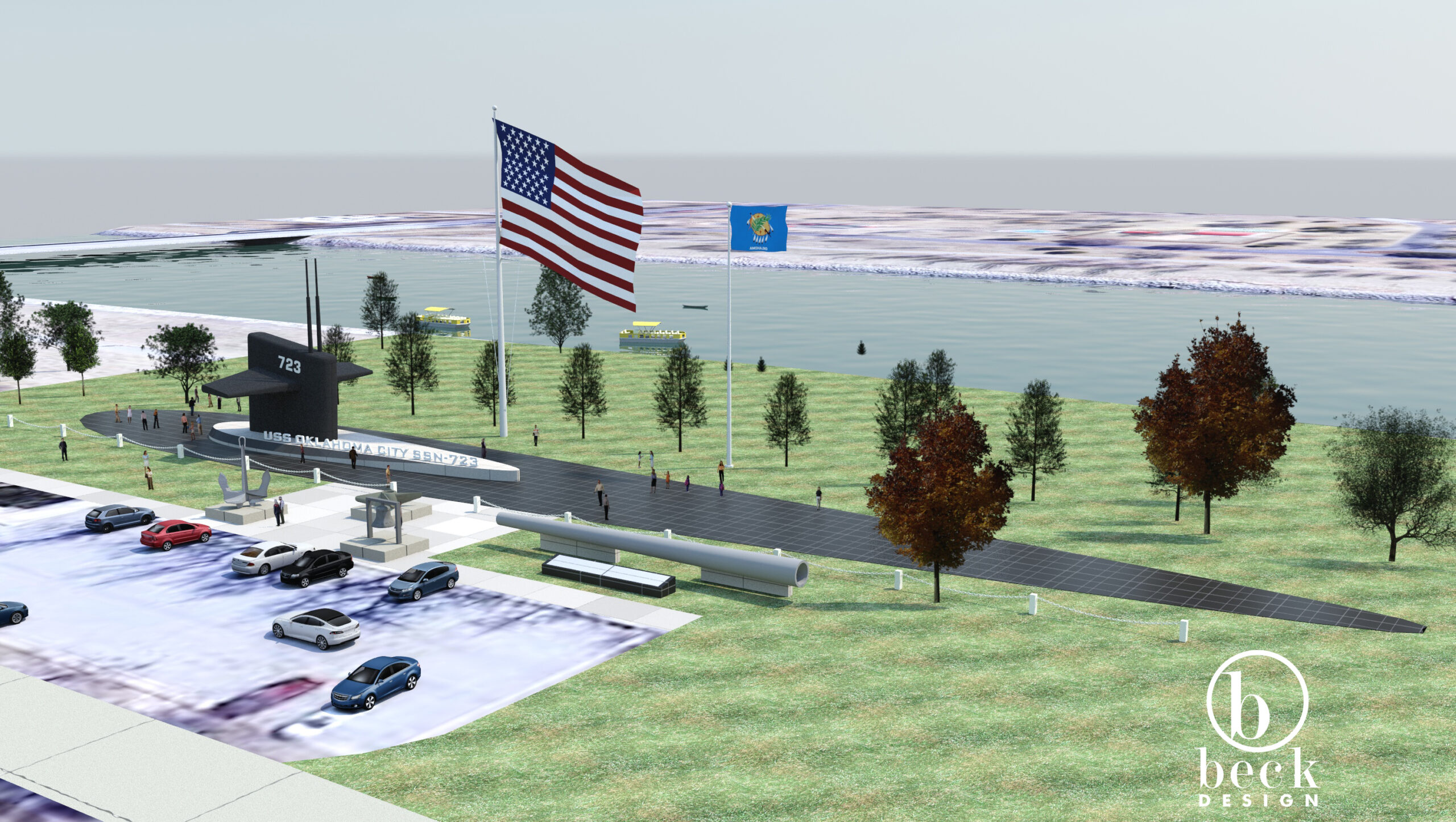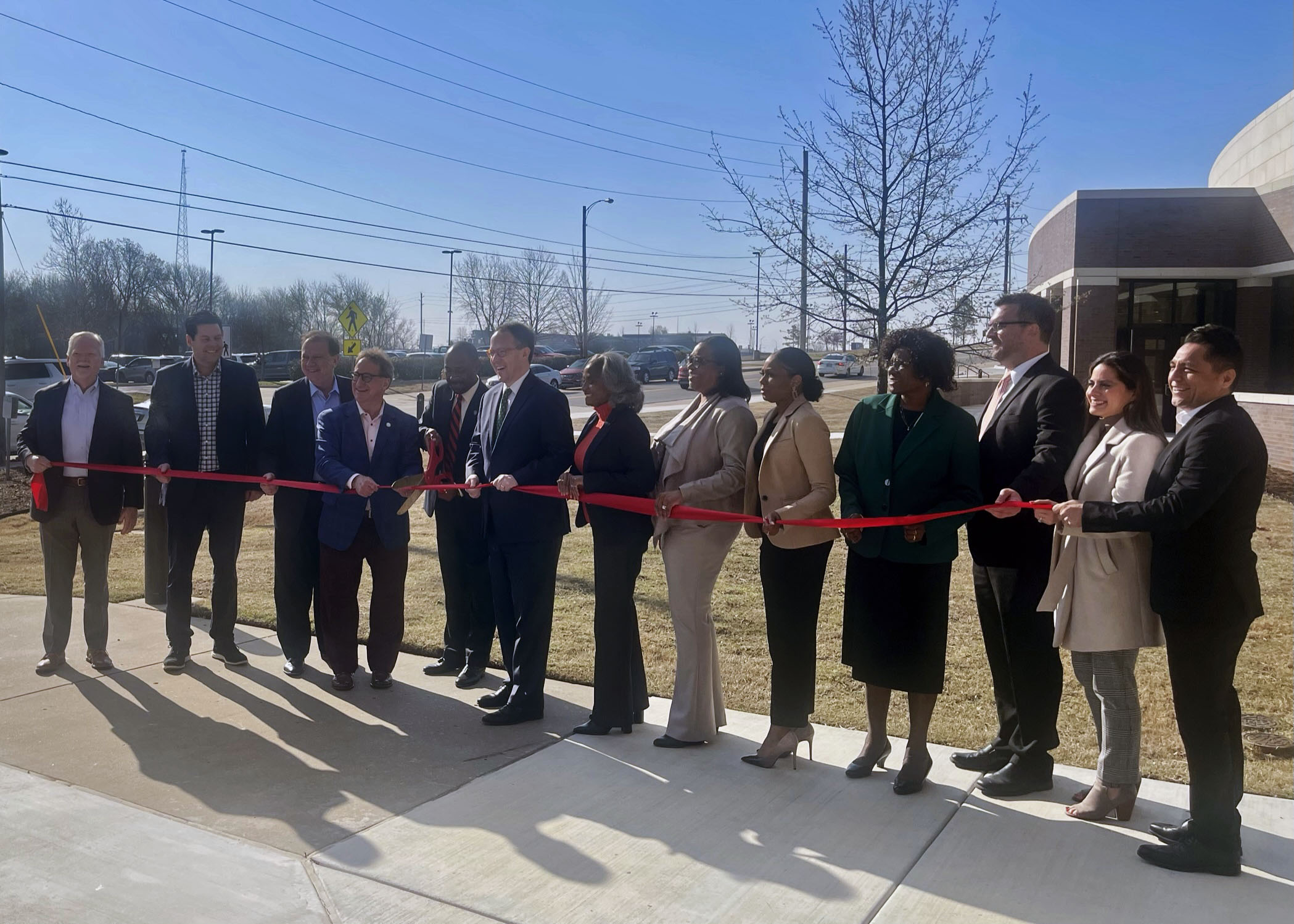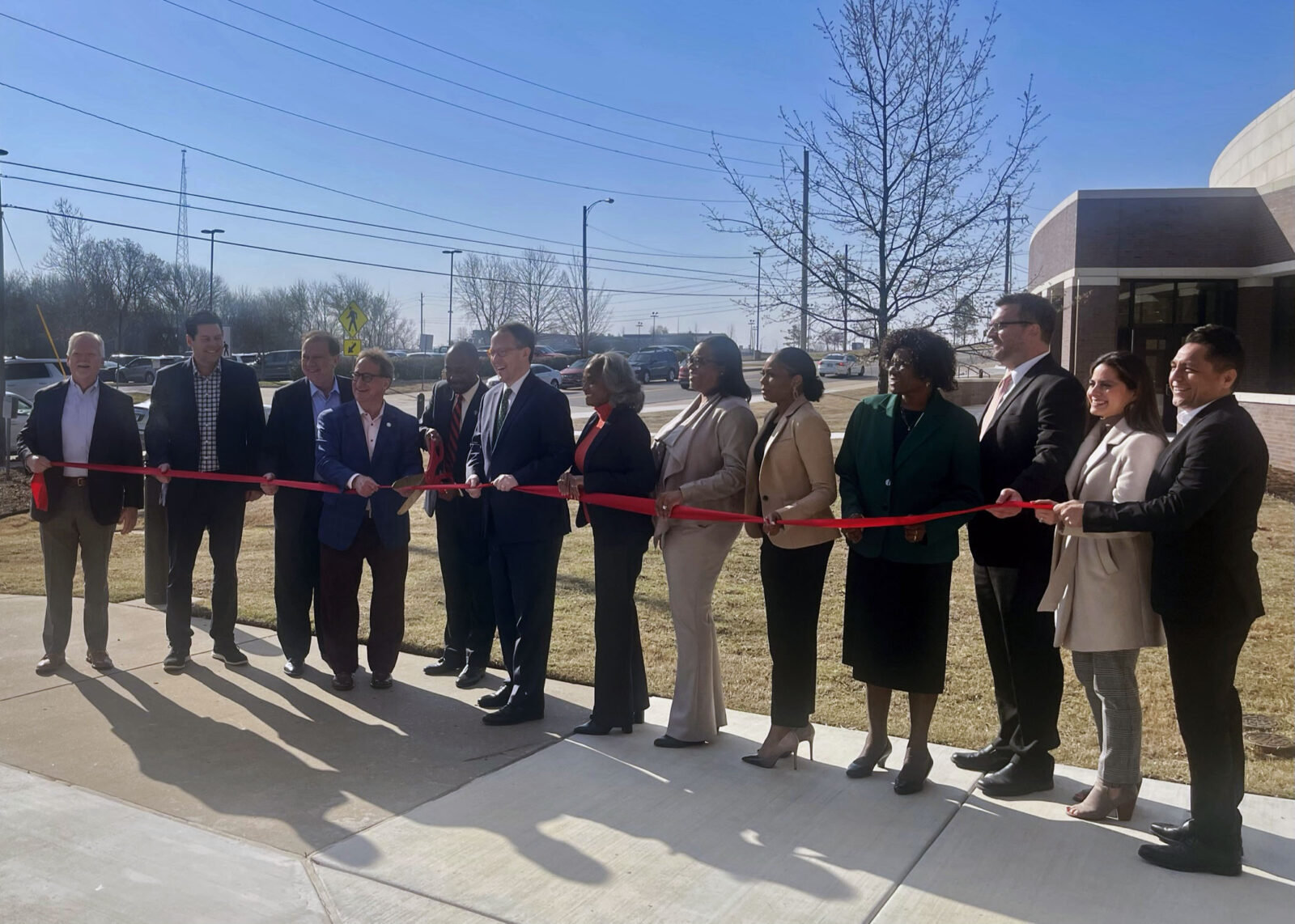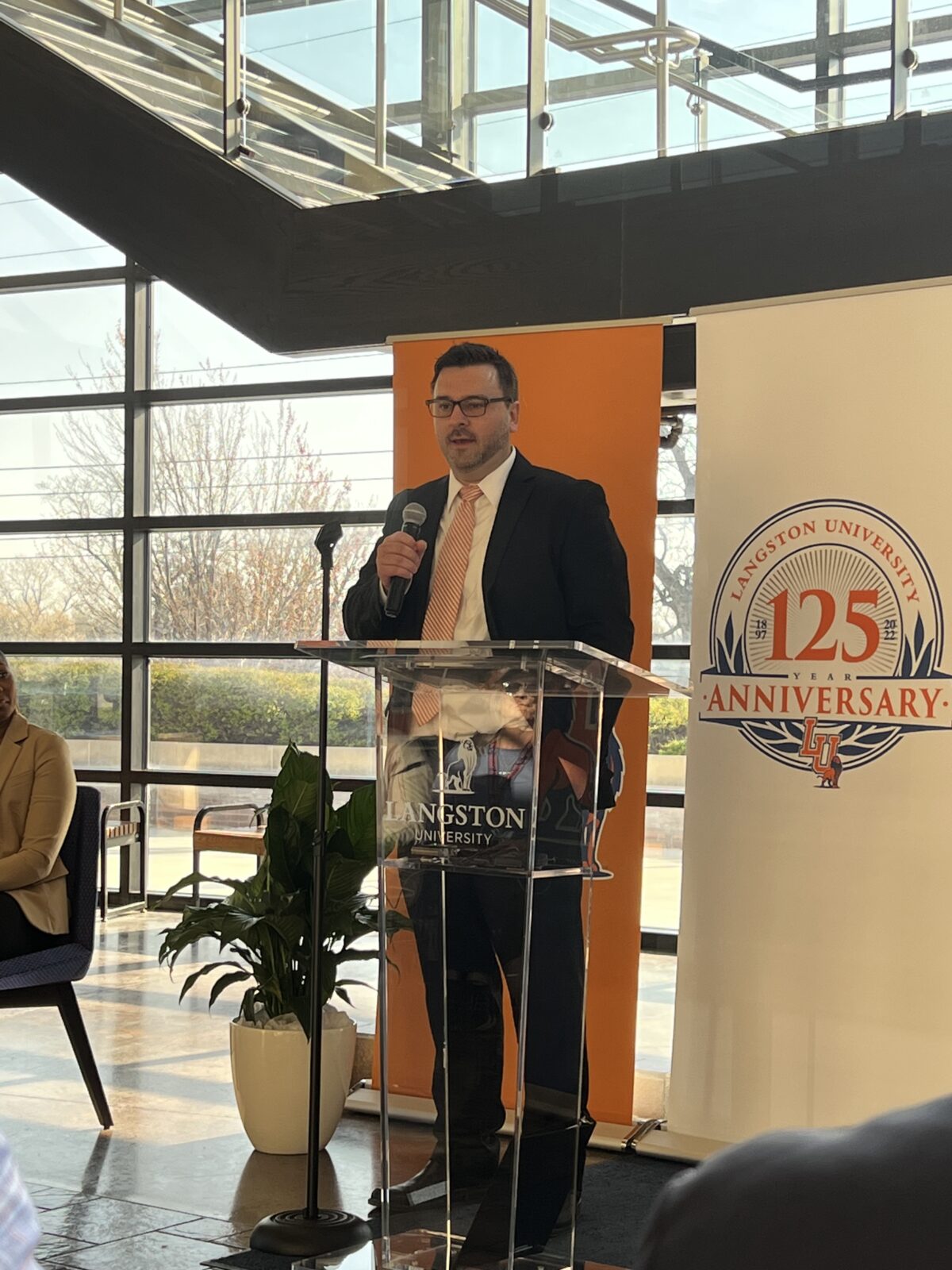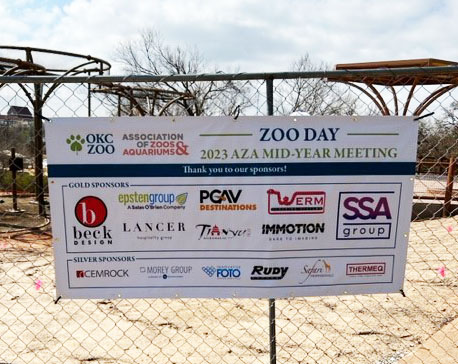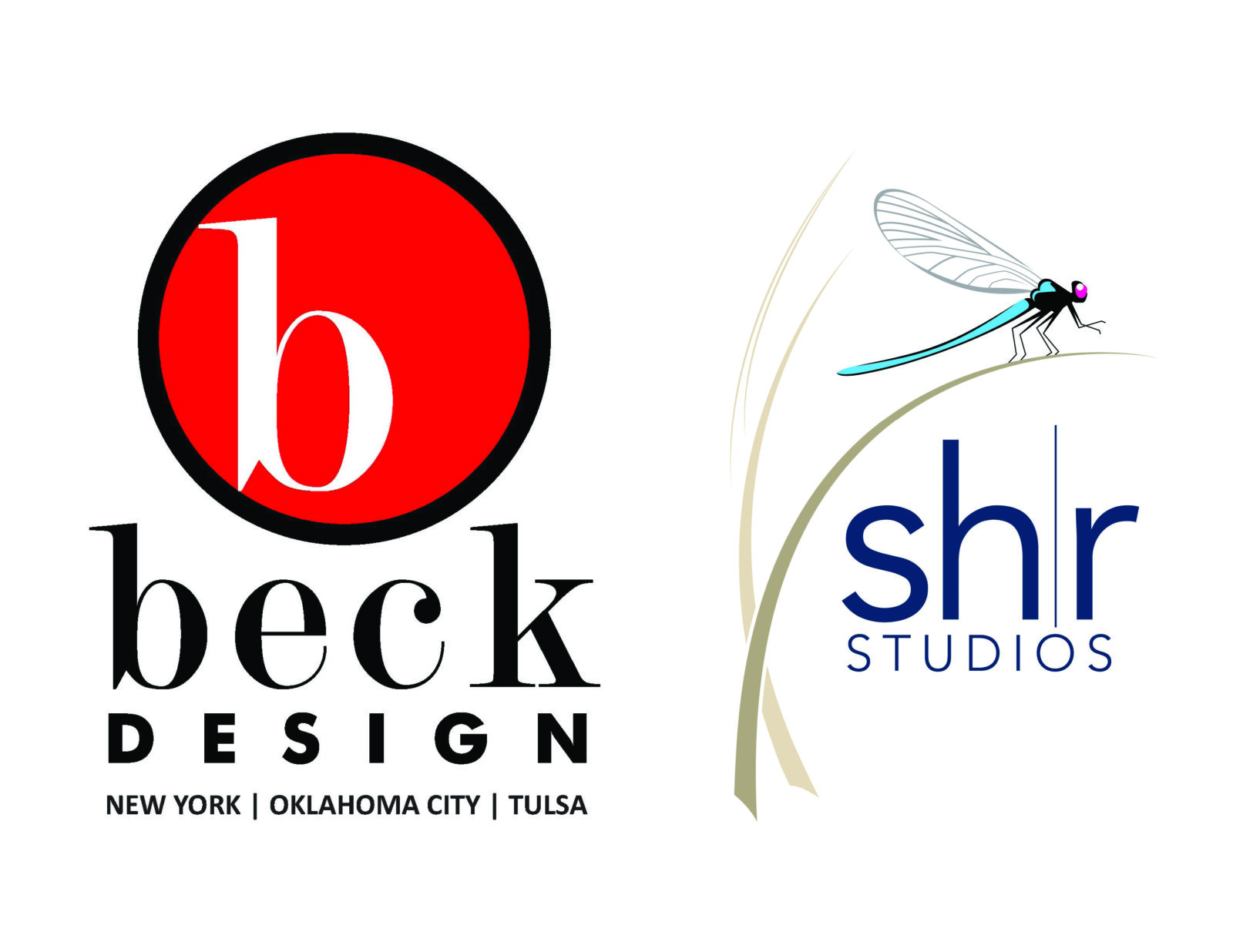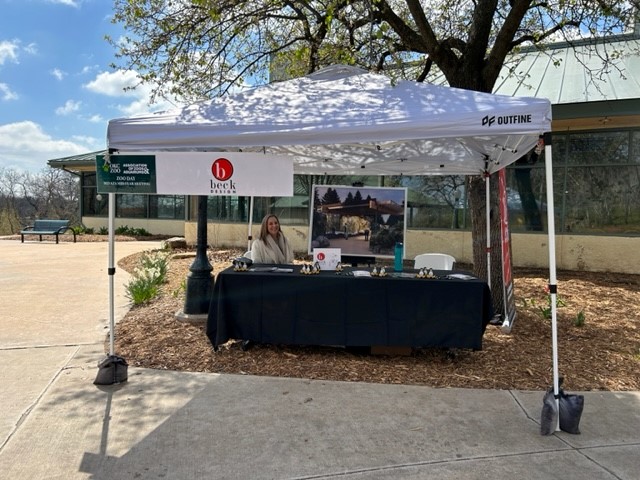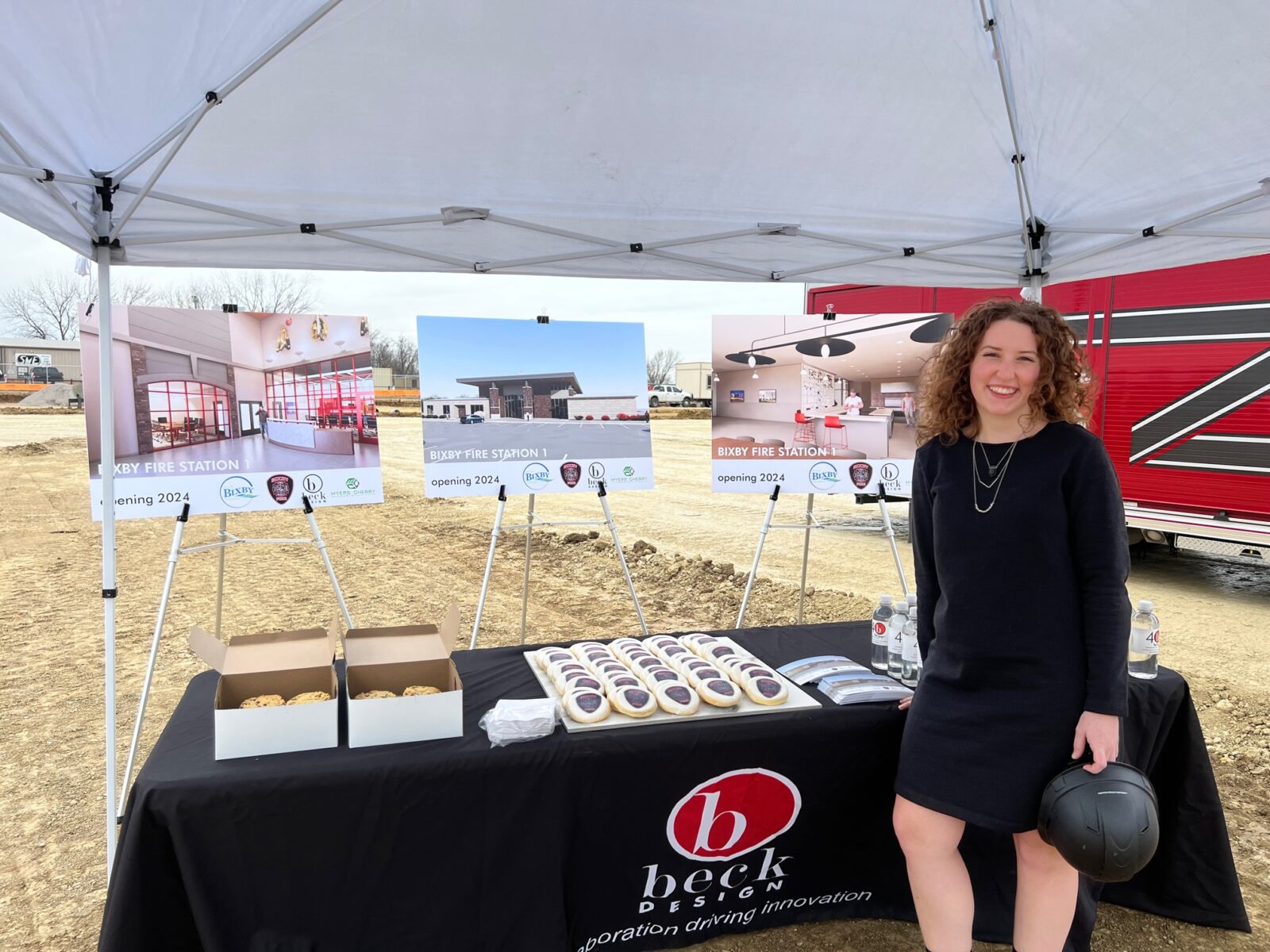The Oklahoman
The Oklahoma City Zoo proposed big changes in the 2024 Master Plan released this week, which will include a new cafe, more than 10 new species, and an extensive reorganization.
Dwight Lawson, executive director and CEO of the Oklahoma City Zoo, called the 10-year plan "perhaps the most ambitious in the Zoo's 122-year history."
The zoo began work on its most recent master plan in 2018, bringing the Sanctuary Asia, Expedition Africa, and Predator Pass projects to life along with many others. The last facet of this plan, called Shore to Sea, will be a new home for the California sea lions, African penguins, and harbor seals. This space is projected to open in 2027.
The plan is projected to cost between $115 and $230 million, according to the plan summary, and budgeting is already underway.
Funding for the master plan will come from a combination of private fundraising efforts, possible historic tax credits, and funding from a 1/8-of-a-cent sales tax approved by Oklahoma City voters in 1990, according to a press release.
The new master plan includes a host of construction projects to "modernize some of the Zoo’s oldest structures into immersive habitats that provide superior animal care and guest experiences," Lawson said in a press release.
This plan is broken down into three priority areas the zoo will tackle first.
Africa Plateau
The Africa Plateau currently includes large areas for hooved animals, including Okapi, Wildebeest, and Zebra. The new plan would add wild encounter spaces for Okapi and break down the hoofstock areas into larger savanna habitats. One goal of the large savanna areas is to create a feeling for zoo guests more reminiscent of the African grasslands, according to the presentation. New additions would also include gardens and a vulture exhibit. The new animals in the Africa exhibit, which opened in March, will include antelope, gazelle, grey crowned crane, guinea fowl, impala, kudu, sitatunga, southern white rhino, vulture, and waterbuck.
Reptile Preserve
The Reptile Preserve is also prioritized. The zoo trust plans to move this climate-controlled space closer to the zoo entrance. This provides better accessibility to patrons sensitive to heat and cold. Meanwhile, they plan to turn the current reptile building into a lounge for guests. The construction will also provide indoor/outdoor habitats for the animals.
Heart of the Zoo
The Heart of the Zoo and new Redbud Cafe are also high priorities in the project, with the trust aiming to organize the flow of traffic and provide more shaded outdoor seating for visitors. They also plan to relocate the carousel and create a stream connected to the alligator habitat in order to manage stormwater. The cafe will also house "exceptional restrooms," according to the project summary.
Other OKC Zoo additions:
Guest suites
Lower on the priority list but still on the project, the trust wants to construct an underwater viewing option for the brown bear and create some new walking routes through the zoo.
In multiple places, the summary mentioned new overnight accommodations.
"For those looking to extend their stay at the Zoo, the addition of up to four Oklahoma-themed guest suites with private outdoor viewing of bison can be rented out," the summary read. The trust intends these suites for use as a new kind of Wild Encounter experience.
Children's area
They also plan on updating the children's adventure area with larger areas focused on nature play, each themed like a different ecosystem. Plans also include reorganizing exhibits for animals that are "high impact, playful, and social," according to the document.
Front entry
The zoo entry area, currently open-air, will also receive an update in the form of a new shade and arbor. In warmer months, this space will provide a respite from midday heat as well as a comfortable entry, according to the summary. The arbor is also intended for use with annual winter light displays.
Elephant, primate habitat
An expansion of the elephant habitat is also planned, with two extra acres planned for the large elephant herd as well as a new tram route around the elephants. In the primate exhibits, guests will find another new addition in the form of the black and white colobus monkey. More new species will also reside here. The primate habitats will receive updates as well.
Describing the new rooms in more detail, "with a glass front separating guests from the apes and an operable glass back offering views to the landscape, these day rooms are an ape version of an indoor-outdoor living room," the document read.
Feline Oasis
The cats at the Feline Oasis were also included in the plan, with expanded jaguar and tiger habitats and seven small cat exhibits receiving complete renovations. There will also be a big cat training wall for demonstrations. More information about the wall will be provided when available, and the full Master Plan presentation can be found here.





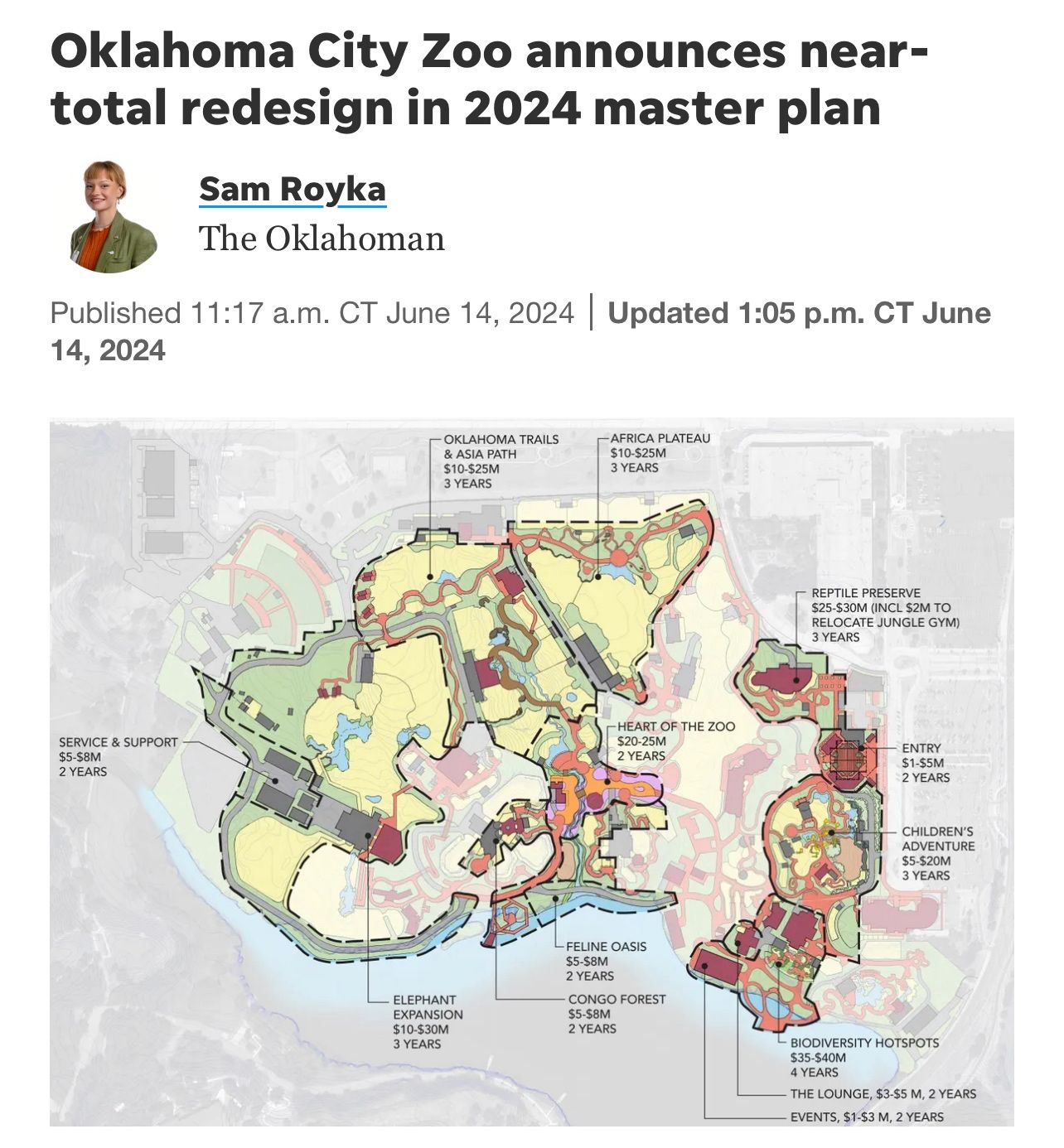
 Sam Royka
Sam Royka